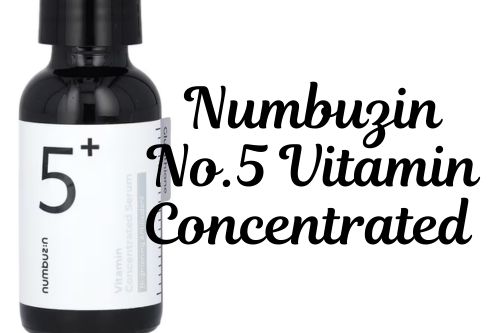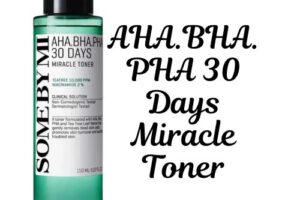How to Combine Active Ingredients Safely
Understanding Skincare Actives and Compatibility
Navigating the world of skincare actives can feel like solving a puzzle. Some ingredients are like best friends—working beautifully together—while others clash, leaving your skin irritated or confused. For instance, powerful actives like vitamin C and retinol often have different pH preferences and layering needs, so mixing them directly might cancel out their benefits or overwhelm your skin.
The secret is to get to know your ingredients and how they work. Think of it like crafting a balanced meal: you want everything on the plate to complement each other, not compete. Pay attention to product instructions, and don’t be afraid to introduce actives slowly, one at a time, to find your perfect skincare pairing.
Relationship Guide for Common Actives
Navigating active ingredients can feel like matchmaking. Some pairings are a dream team, while others need some distance. Here’s your cheat sheet to avoid skincare drama:
| Ingredient Pairing | Compatibility | Usage Tip |
|---|---|---|
| L-ascorbic Acid (Vitamin C) + Niacinamide | Can work together, but thrive at different pH levels. Modern formulations often make them compatible. | If irritation occurs, space out their application. |
| Niacinamide + Retinol | The ultimate tag team! Niacinamide soothes and strengthens the skin, helping to tolerate retinol better. | Safe to use together; great for sensitive or retinol-beginner routines. |
| Retinol + AHAs | A hard no for same-time use due to over-exfoliation risks. | Alternate nights to avoid irritation and maintain skin health. |
| AHAs + L-ascorbic Acid | Similar pH preferences make them effective for brightening and exfoliation. | Best for nighttime use to prevent sun sensitivity. |
| L-ascorbic Acid + Retinol | Incompatible for same-time use. Each ingredient works better at different times. | Use Vitamin C in the morning for brightness and retinol at night for repair and renewal. |
Layering Order: Simplified Skincare Stacking
Think of layering as dressing your skin, starting with the lightest layers and finishing with the heaviest. The general rule? Water before oil. Here’s how it goes:

The Active Ingredient
Not all actives play the same role, and their strength varies. Here’s a quick guide to help you stack them wisely. By layering according to strength and need, you avoid overwhelming your skin while maximizing results.

Scenarios for Safe and Effective Layering
For Beginners: Easy Does It
Start simple to avoid overwhelming your skin. Begin with a soothing product like hyaluronic acid or centella asiatica to hydrate and calm. Gradually introduce a single active, such as a low-dose niacinamide serum (5%), every other night. This approach helps your skin adapt while reducing the risk of irritation.
For a Mild Routine: Balance and Boost
If your skin is used to basics, try combining an exfoliant like AHA (10%) or BHA with a mild active. For example:
- Use a BHA toner in the morning to gently unclog pores.
- Follow with a niacinamide serum or a low-dose Vitamin C (~5-10%).
This duo can brighten and refine your skin texture without overloading it. Always remember sunscreen during the day!
For an Advanced Routine: Play Smart
Experienced users can layer multiple actives with care. Alternate between soothing and mild actives on different nights or target specific areas. For example:
- Night 1: Apply a retinol cream after hydrating with a centella-based serum.
- Night 2: Use an AHA/BHA exfoliant followed by a low-concentration Vitamin C serum.
- Night 3: Focus on soothing products like ceramides or panthenol to let your skin recover.
When it comes to combining active ingredients, a little patience and strategy go a long way. By understanding your skin’s needs and introducing actives gradually, you can maximize their benefits while minimizing irritation. The key is finding a routine that feels balanced and sustainable—one that prioritizes your skin’s health without overwhelming it. Remember, slow and steady wins the race in skincare!














Post Comment